
Mercedes-Benz E-Class Estate running costs and reliability
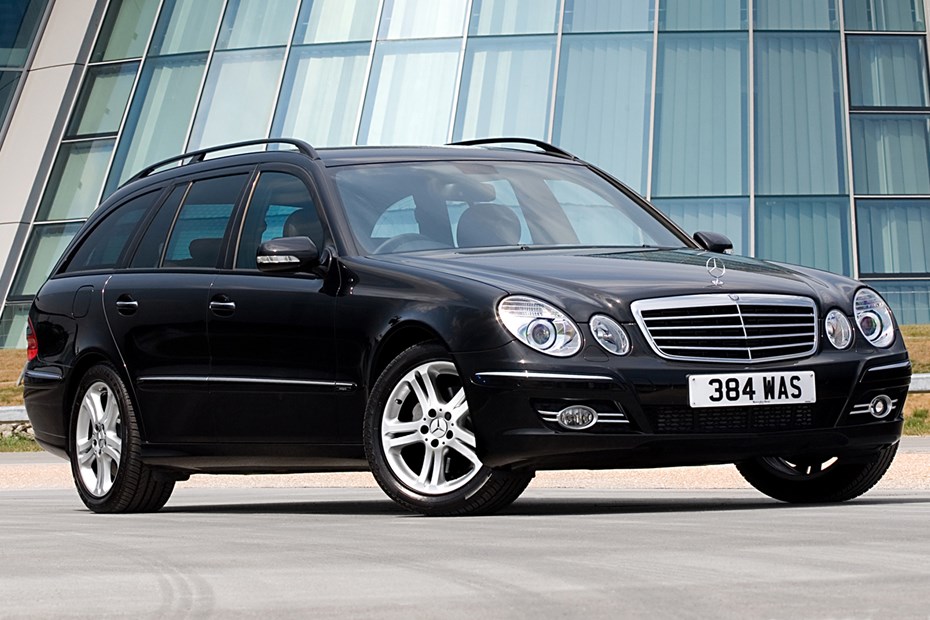
Miles per pound (mpp)
Fuel economy
The Mercedes E-Class isn’t a cheap car to buy new but the model does hold its value well. Of course this is dependant on the right specification which usually means paying extra. The good news is that the diesels are exceptionally frugal, although insurance groups from 15 to 19 are typical for this class. And it’s important to be aware that although Mercedes-Benz dealers are upmarket their labour rates when servicing or repairing a car are renowned for being among the highest in the industry.
Look at the E-Class model line-up overall and it appears to be quite a polluting model, emitting an average of 219g/km of CO2 – not helped by the larger petrol models. However there are some greener models like the E220 CDI which puts out 188g/km of CO2 (with the standard manual gearbox) and can return 40mpg.
Some early models from 2003 suffered from some electrical glitches, but Mercedes has eliminated most of the problems for the 2006 revisions. It’s certainly mechanically robust and interior quality has improved in the last few years
Ongoing running costs
| Road tax | £335 - £735 |
|---|---|
| Insurance group | 32 - 44 |
Get an insurance quote with

|
|



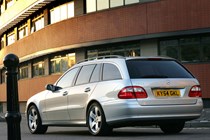
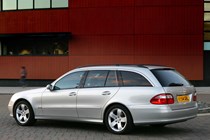
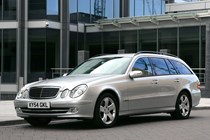
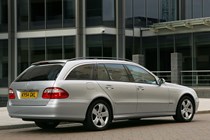
.jpg)
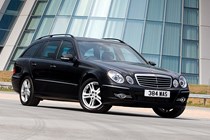

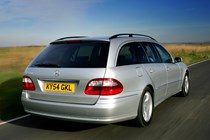
.jpg)
.jpg)

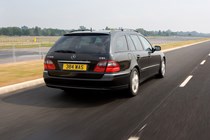
.jpg)
.jpg)
.jpg)
.jpg)
.jpg)
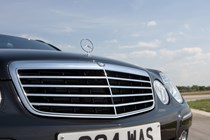
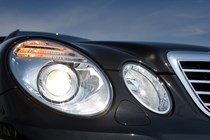
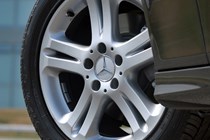

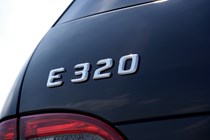
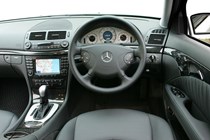
.jpg)
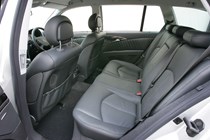
.jpg)
.jpg)
.jpg)
.jpg)
.jpg)
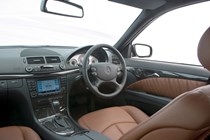

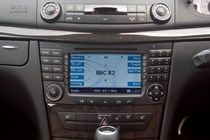
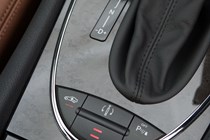
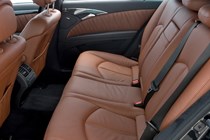
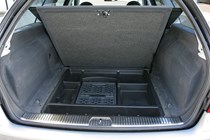
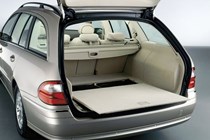
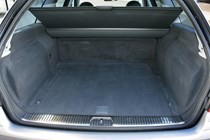
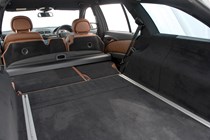
.jpg)
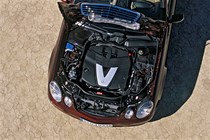





.jpg?quality=50)



.jpg?quality=50)
.jpg?quality=50)


.jpg?quality=50)
.jpg?quality=50)
.jpg?quality=50)
.jpg?quality=50)
.jpg?quality=50)






.jpg?quality=50)

.jpg?quality=50)
.jpg?quality=50)
.jpg?quality=50)
.jpg?quality=50)
.jpg?quality=50)









.jpg?quality=50)
